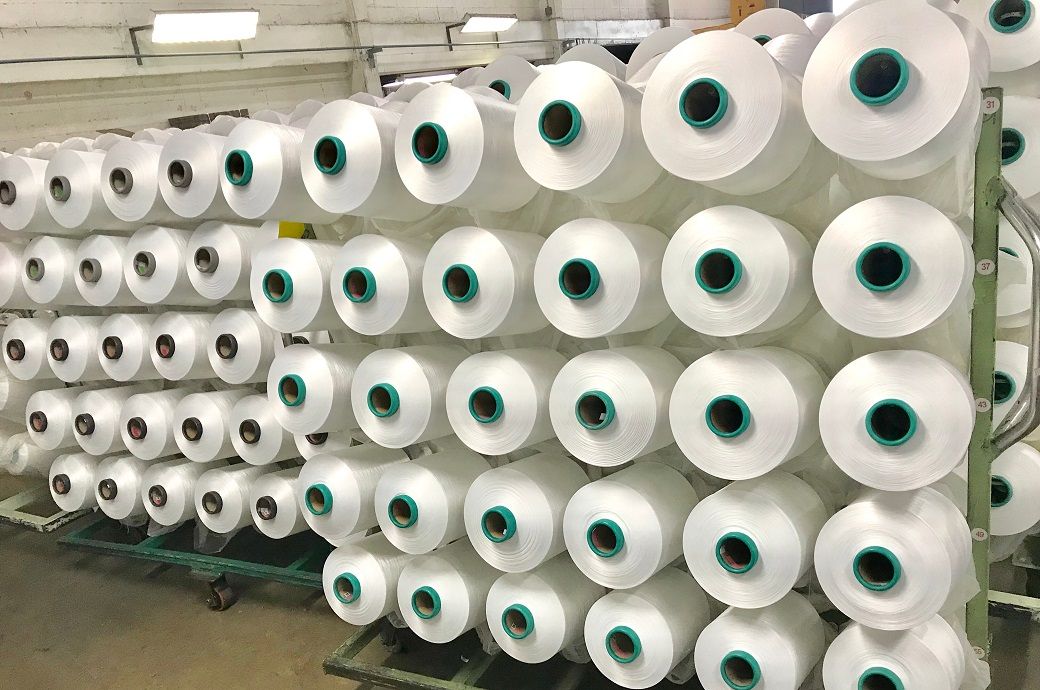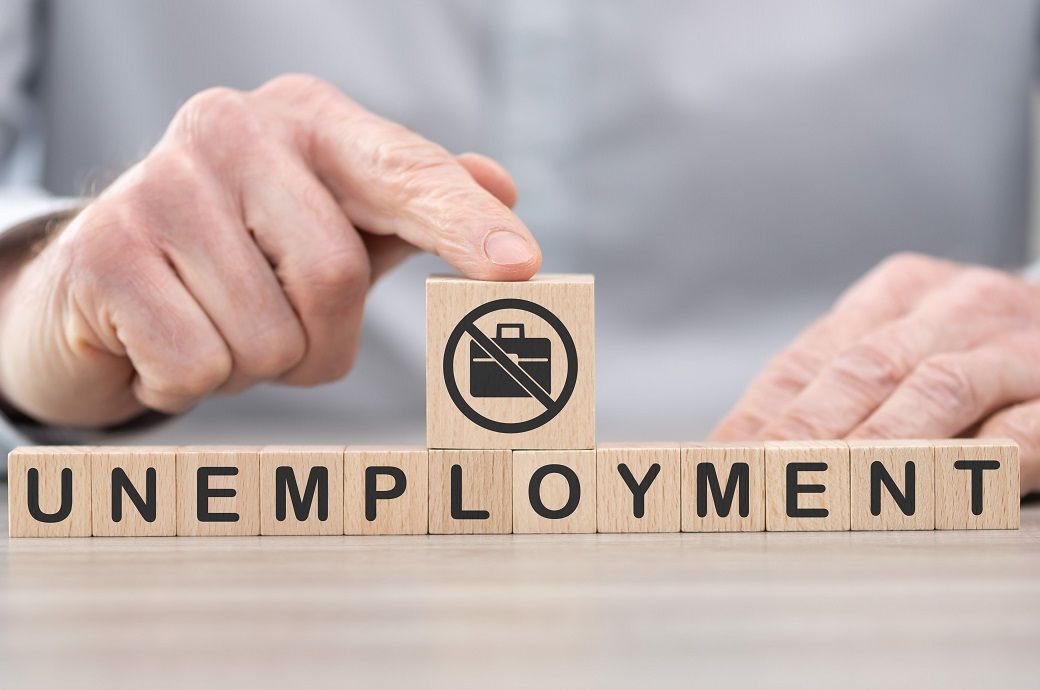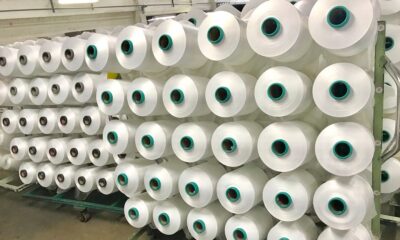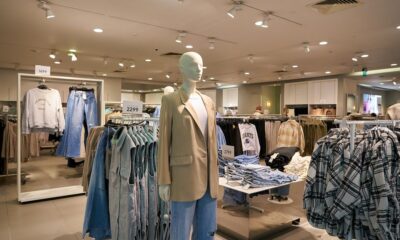Fashion
Nike’s turnaround gains traction, but China and tariffs weigh on outlook

By
Reuters
Published
October 1, 2025
Following its stronger-than-expected Q1 results, Nike’s leadership and analysts discussed the road ahead amid inventory cleanup, challenges in China, and a renewed focus on sports.
Nike CEO Elliott Hill vowed to return the company to its sportswear roots when he took the helm last year in a highly anticipated change, and his efforts are bearing fruit — but a sluggish recovery in China and uncertainty over tariffs remain a drag on the company.
The company, which reported a surprise rise in quarterly revenue, has aggressively cleared out aged inventory, as well as some lifestyle product lines, to focus on more innovative shoes centered on sport.
“Nike is in the early innings of its turnaround and momentum is building,” said Jefferies analyst Randal Konik in a note.
The company said on Tuesday that its order book for spring was up year-over-year, driven by its sports category, as launches such as the Vomero, Pegasus, and P-6000 running shoes bring back customers.
Running, training, and basketball categories each reported double-digit growth in the quarter in North America, enabling a return to sales growth in the region after about a year.
“We think retailers — like the combined Foot Locker and Dick’s Sporting Goods — are reacting positively to Nike’s new running shoe lineup,” said Morningstar analyst David Swartz.
Nike’s shares were up about 3% in premarket trading on Wednesday as investors welcomed a 2% reduction in inventory.
“I am very pleased with inventory levels. Units are down more than dollars as inflation starts to come through. They have largely cleared through older franchises,” said Mari Shor, senior equities analyst at Columbia Threadneedle.
The pressure points
Progress will not be linear, Hill warned on a post-earnings call, with tariffs now expected to cost about $1.5 billion — versus the $1 billion Nike estimated previously — and weigh on margins already strained by heavy discounting to clear stock.
China remains a challenging market, with intense competition from lower-priced local brands such as Anta and Li-Ning, which further exacerbates a weaker economic recovery and a struggling wholesale business.
“We can invest to keep the marketplace clean and healthy, but it’s an expensive operating model if sell-throughs don’t improve to the levels that we need to see on a season-in, season-out basis,” said Chief Financial Officer Matthew Friend on a post-earnings call.
Customer engagement also remains weak in the company’s digital business, with revenue falling 12% in the quarter. Hill said the global digital business was still working to find solid ground, with the company paring back promotions on the channel.
Nike’s direct-to-consumer business is not expected to return to growth in fiscal 2026, executives said, as the unit recovers from steep discounts used to clear out inventory of some of its classic labels, such as the Air Force One and Air Jordans.
“I originally thought that Nike would be further along. I was looking at this fall as the real breakout point, but it’s clearly not going to happen until calendar ’26,” said Swartz.
FashionNetwork.com with Reuters
© Thomson Reuters 2025 All rights reserved.
Fashion
India’s QCO rollback boosts textile competitiveness, aids trade talks

However, during negotiations with the United States, the European Union and several other developed economies, these very QCOs were repeatedly flagged as opaque non-tariff barriers, complicating market access and slowing progress on key FTAs. When major trade partners made it clear that India’s expanding QCO regime was not aligned with global norms and posed compliance concerns under the WTO’s Technical Barriers to Trade framework, the long-pending course correction finally gained urgency, as industry insiders hinted about sudden policy shift of the Indian government.
The recent withdrawal of QCOs for essential textile raw materials—covering PTA, MEG, PSF, PFY, FDY, POY and several technical polymers—has opened the door for full value addition in India’s MMF and textile ecosystem. Manufacturers across weaving, knitting, processing, technical textiles and garmenting say the rollback has restored access to globally benchmarked inputs at competitive prices, reversing the cost escalation that had eroded export competitiveness. Industry representatives note that the move has already begun easing supply bottlenecks, narrowing the gap between domestic and global prices and encouraging companies to revive deferred expansion plans.
Fashion
Will India-US trade deal shake up Asia’s apparel export dynamics?

India and the US are close to sealing a landmark trade deal that could ease the steep tariffs imposed by Washington earlier this year, as other Asian apparel export hubs keep a keen eye on the developments.
At a recent White House event, President Donald Trump struck an optimistic tone, noting that Washington and New Delhi were “getting close” to finalising a fair-trade deal.
Source link
Fashion
Australia’s jobless rate eases to 4.3% in October: ABS

The number of unemployed people fell by 17,000, while employment expanded by 42,000. More jobseekers moved directly into employment than is typical for October, lifting full-time employment sharply by 55,000. Both women and men contributed to these gains, with female full-time employment rising by 29,000 and male full-time employment by 26,000, ABS said in a press release.
Australia’s unemployment rate fell to 4.3 per cent in October as 42,000 people gained jobs and unemployment dropped by 17,000.
Strong full-time growth, especially among women, outweighed a fall in part-time roles.
Participation held at 67 per cent, while hours worked rose 0.5 per cent.
Underemployment edged down to 5.7 per cent.
Trend unemployment rate stood at 4.4 per cent.
Part-time employment fell by 13,000, driven primarily by a 21,000 drop among women, partly offset by an 8,000 rise among men. The participation rate held steady at 67 per cent overall, although it diverged by gender: male participation increased to 71 per cent, while female participation slipped to 63.1 per cent. The employment-to-population ratio remained stable at 64 per cent.
Hours worked rose by 0.5 per cent—outpacing the rise in employment—indicating stronger labour demand and fewer people working reduced hours. The underemployment rate dropped to 5.7 per cent, down 0.2 percentage points for the month and 0.5 percentage points from a year earlier. Combined with lower unemployment, the underutilisation rate dipped to 10.0 per cent, continuing its steady improvement since 2020.
Trend data reaffirmed this resilience, with trend unemployment holding at 4.4 per cent. Trend unemployment is the jobless rate shown without short-term fluctuations, giving a clearer picture of the labour market’s real direction.
Trend employment grew by 27,000 (0.2 per cent) in October and 1.5 per cent over the year. Monthly hours worked rose by 0.1 per cent in trend terms, slightly lagging employment growth but remaining broadly consistent with long-term patterns. Trend participation edged up to 67 per cent, while the employment-to-population ratio stayed at 64 per cent. The trend underemployment and underutilisation rates were steady at 5.8 per cent and 10.1 per cent respectively, added the release.
Fibre2Fashion News Desk (SG)
-

 Tech1 week ago
Tech1 week agoFrom waste to asset: Turning ethanol production CO₂ into jet fuel
-

 Tech3 days ago
Tech3 days agoNew carbon capture method uses water and pressure to remove CO₂ from emissions at half current costs
-

 Politics5 days ago
Politics5 days agoBritish-Pakistani honoured for transforming UK halal meat industry
-

 Sports3 days ago
Sports3 days agoTexas A&M officer scolds South Carolina wide receiver after touchdown; department speaks out
-

 Business3 days ago
Business3 days agoThese 9 Common Money Mistakes Are Eating Your Income
-

 Tech1 week ago
Tech1 week agoSecurity flaws in portable genetic sequencers risk leaking private DNA data
-

 Politics5 days ago
Politics5 days agoInternet freedom declines in US, Germany amid growing online restrictions
-

 Fashion4 days ago
Fashion4 days agoAfter London, Leeds and Newcastle, next stop Glasgow for busy Omnes
















